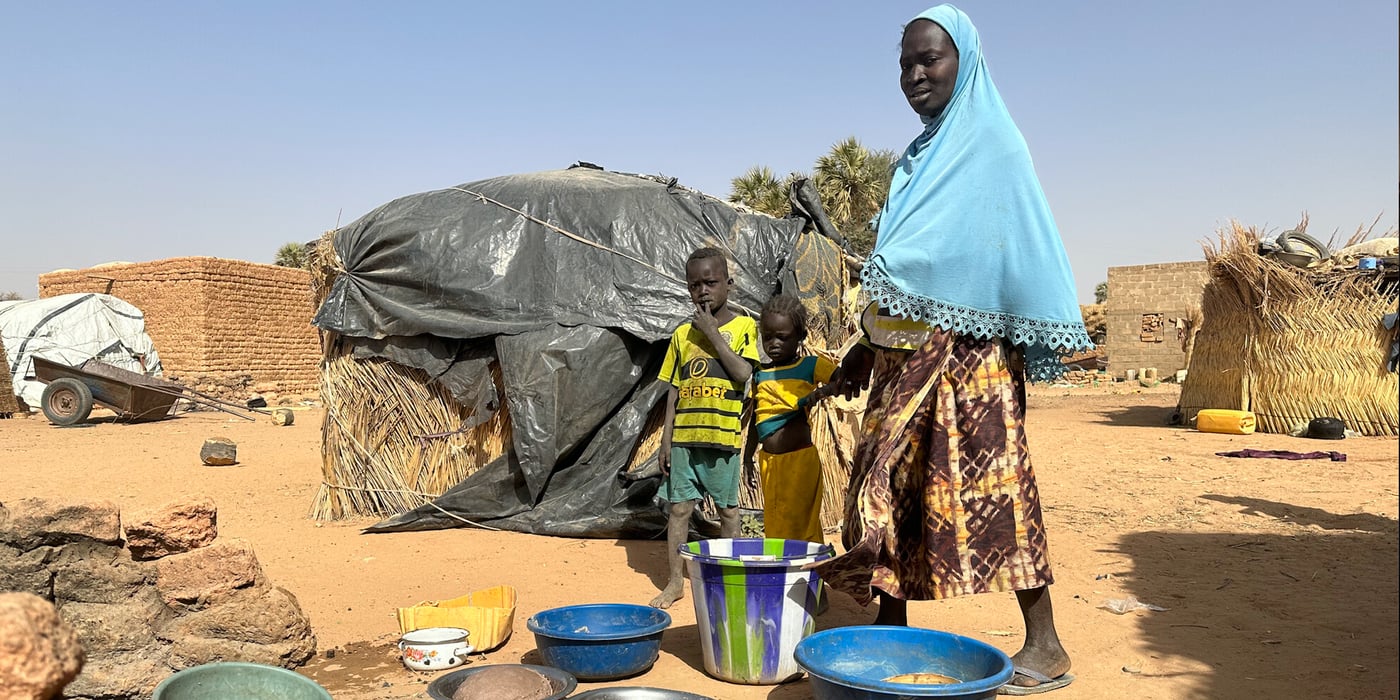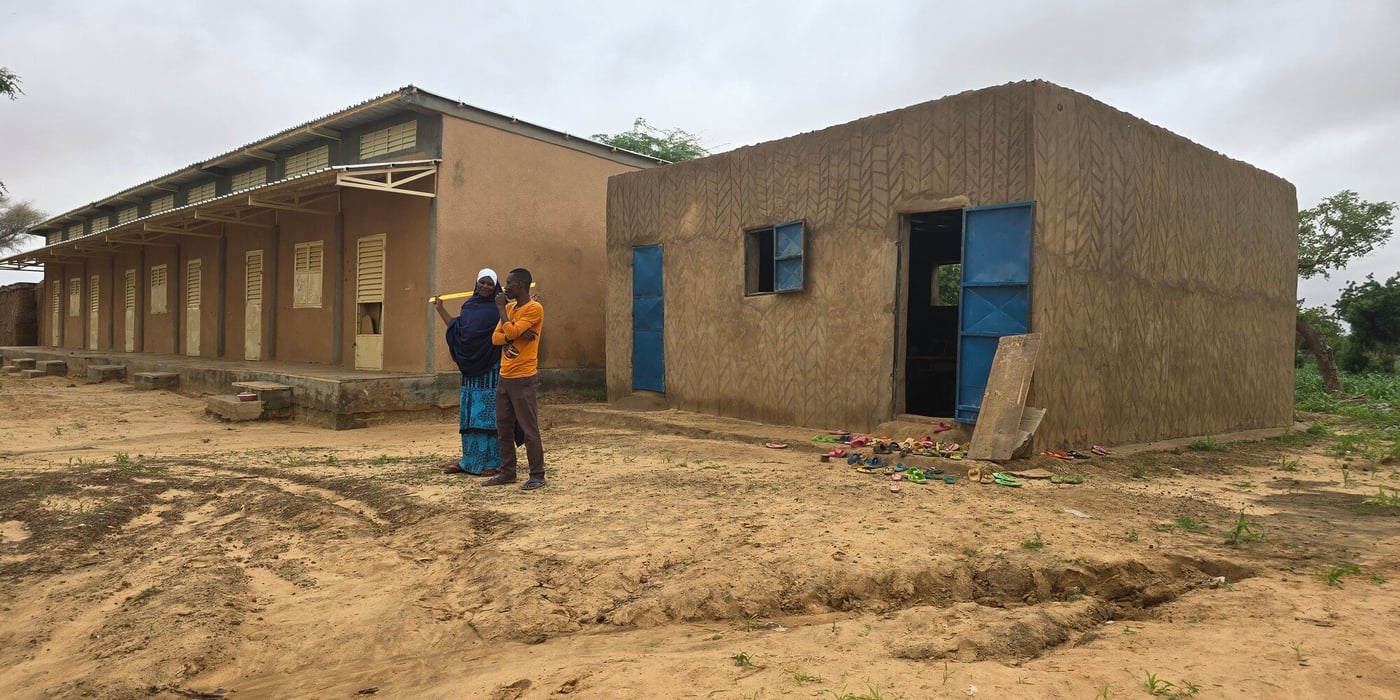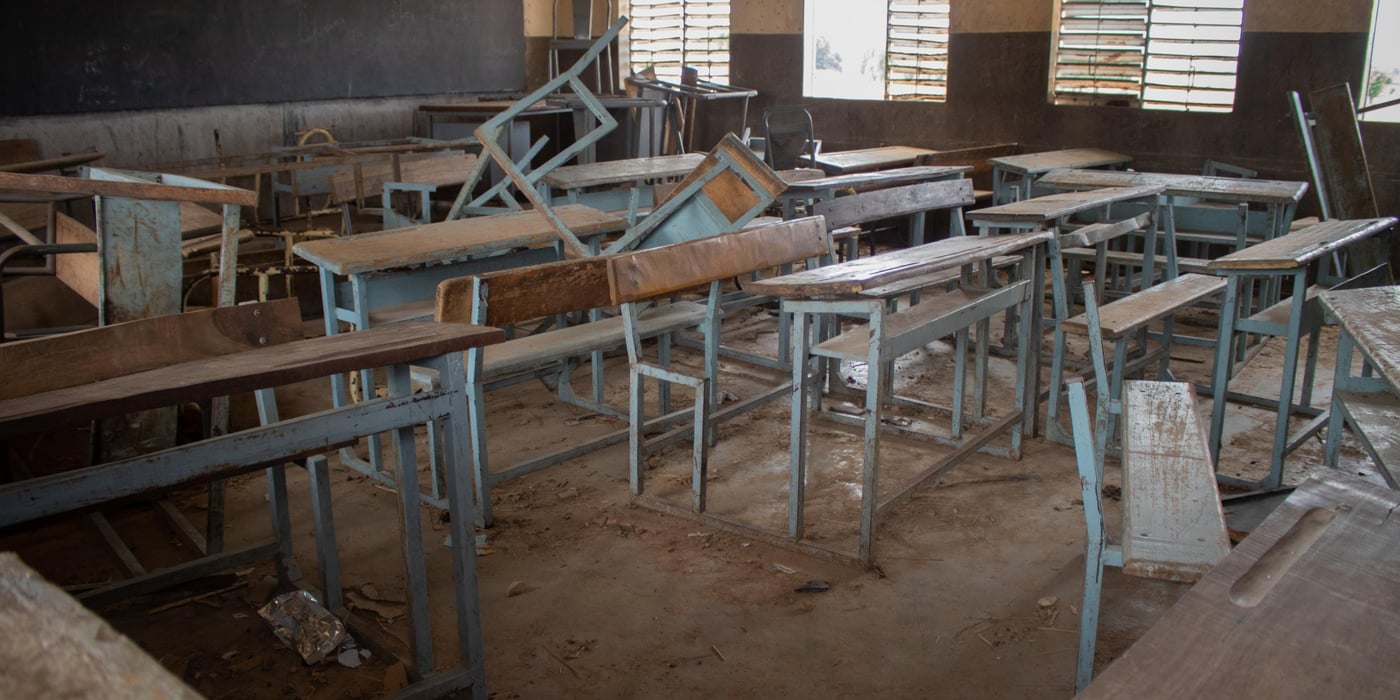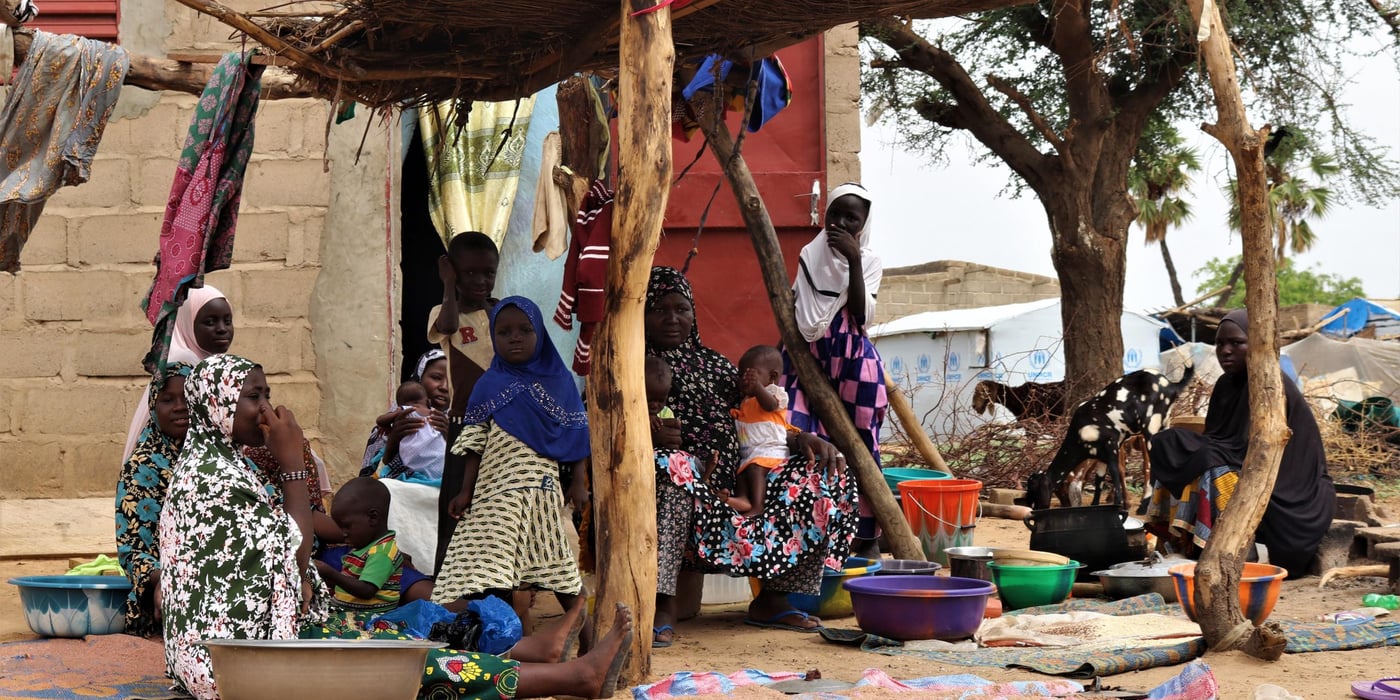
In 20 locations cut off from the rest of the country and home to half a million people, less than 5,000 people received aid from international non-governmental organisations (NGOs) and their local partners last year according to a recent internal survey conducted by FONGIH, a forum of over 60 international organisations operating in Burkina Faso.
In addition to lack of funding, gaps in the humanitarian air service as well as insecurity and heightened risks for staff are the top three reasons most cited by organisations that did not manage to deliver assistance in specific areas where they had planned to operate.
While UNHAS’ airbridge has been a lifeline to an estimated 2 million civilians in total living under blockade across the country, limited resources with only one cargo helicopter and the multiplication of enclaved areas have made it impossible to ensure air service to all of them. Meanwhile, transporting items through UNHAS costs 12 times more than by road, adding a considerable financial strain on aid organisations while the humanitarian response in the country remains largely underfunded.
“Only about a third of the money required to cover most pressing humanitarian needs in Burkina Faso was effectively allocated last year,” said Rachel Mikanagu, FONGIH Director. “As it is extremely costly to provide assistance in the enclaved areas, the shortage of financial resources often leads organisations to prioritise people in need in other parts of the country. This results in a deeply concerning situation where populations already cut off from their farmlands and livelihoods and struggling to meet vital needs, also receive much less lifesaving assistance — undoubtedly being punished twice.”
“We feel forgotten by those who can provide humanitarian assistance,” said Hawa, a mother of 6 who fled five years ago to Gorgadji, in the Sahel region. At first, she relied on humanitarian aid while also fetching leaves in the bush to sell and feed her family. After movement restrictions were imposed, she could no longer roam the town’s outskirts, and aid dried up. “Nobody comes to see us. We hear about humanitarian organisations, but we don’t see them anymore,” she said.
Eighty percent of the international organisations’ interventions in enclaved areas last year focused only on 10 towns, often those hosting a large number of internally displaced and where enough data on humanitarian needs had been collected. Djibo, where over a quarter million people have lived under blockade since early 2022, received more aid from international NGOs and their local partners than any other enclaved areas in 2023. Despite those efforts, needs remain high and the interruption of UNHAS flights to Djibo for security reasons from mid-October to the end of December substantially reduced humanitarian assistance during that time.
"Donor countries must step up their support now,” said Mikanagu. “Without an urgent mobilisation of funds, gaps will continue to widen and leave a growing number of people in need excluded from the humanitarian response. At the same time, we, as humanitarians, must do better in prioritising these areas.”
The FONGIH renews calls made in late 2022 by the UN’s Emergency Relief Coordinator Martin Griffiths during his visit to Burkina Faso for “roads to reopen so that humanitarians can move cargo by land without military escorts.”
Notes to editors:
- The FONGIH is a forum composed of 60+ international NGOs. Most of them, including 17 of the 22 INGOs with the largest budget, responded to the survey conducted in November and December 2023.
- The survey maps out the assistance provided by INGOs and their local partners in 40 enclaved or inaccessible locations last year according to the classification of the Access Working Group as of November 2023. The humanitarian community in Burkina Faso defines an enclaved area (which is indistinctively referred to as “blockaded” or “enclaved” throughout this text) by a combination of 3 criteria: the inability of civilians to safely move in and out of the town, the inability of traders and other economic actors to bring goods into the town in addition to clear imposition of movement bans. According to the survey findings:
- In 11 blockaded areas, no INGO delivered assistance last year, whether directly, with or through local partners.
- In 9 blockaded areas, only one INGO delivered assistance in 2023 (through direct or indirect implementation).
- In the 20 blockaded areas that received the least assistance last year in terms of beneficiary figures, an aggregated 4,939 people received assistance from INGOs and their partners.
- In the 10 blockaded areas where INGOs were the most active, nearly 600,000 people received assistance (this figure aggregates data reported by individual INGOs so those who received assistance from several INGOs are double counted).
- According to 2019 census figures finalised in 2022 by Burkinabé authorities as well as updated population estimates made as part of the 2024 Humanitarian Needs Overview, between 1.6 and 2.2 million people live in the 40 locations concerned by the survey. According to the same two sources, the 20 locations that received the least assistance from INGOs are home to roughly half a million people.
- According to data from the 2024 Humanitarian Needs Overview, 1.3 million people across these 40 locations are in need of humanitarian assistance, including up to 320,000 people in Djibo alone (98% of its population).
- The Humanitarian Response Plan for Burkina Faso was only 37% funded in 2023 (FTS-OCHA).
- In 2023, transporting items by UNHAS cargo cost 12 times more than by road (Logistics Cluster).
- 3 million people are in need of humanitarian assistance in Burkina Faso in 2024, up from 4.7 million last year (OCHA).
Media contacts:
Marine Olivesi, Advocacy Manager for NRC in Burkina Faso, marine.olivesi@nrc.no, WhatsApp: +33 650 300 154
NRC’s media hotline: media@nrc.no, +4790562329




